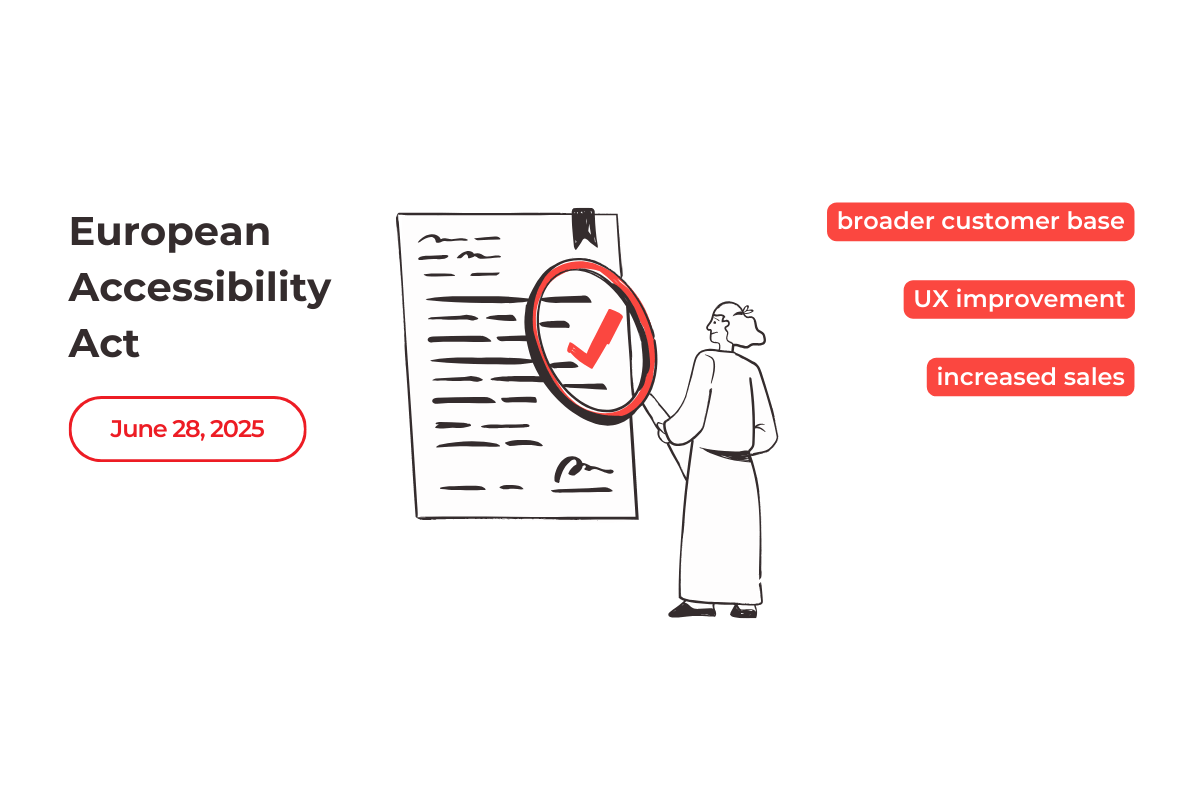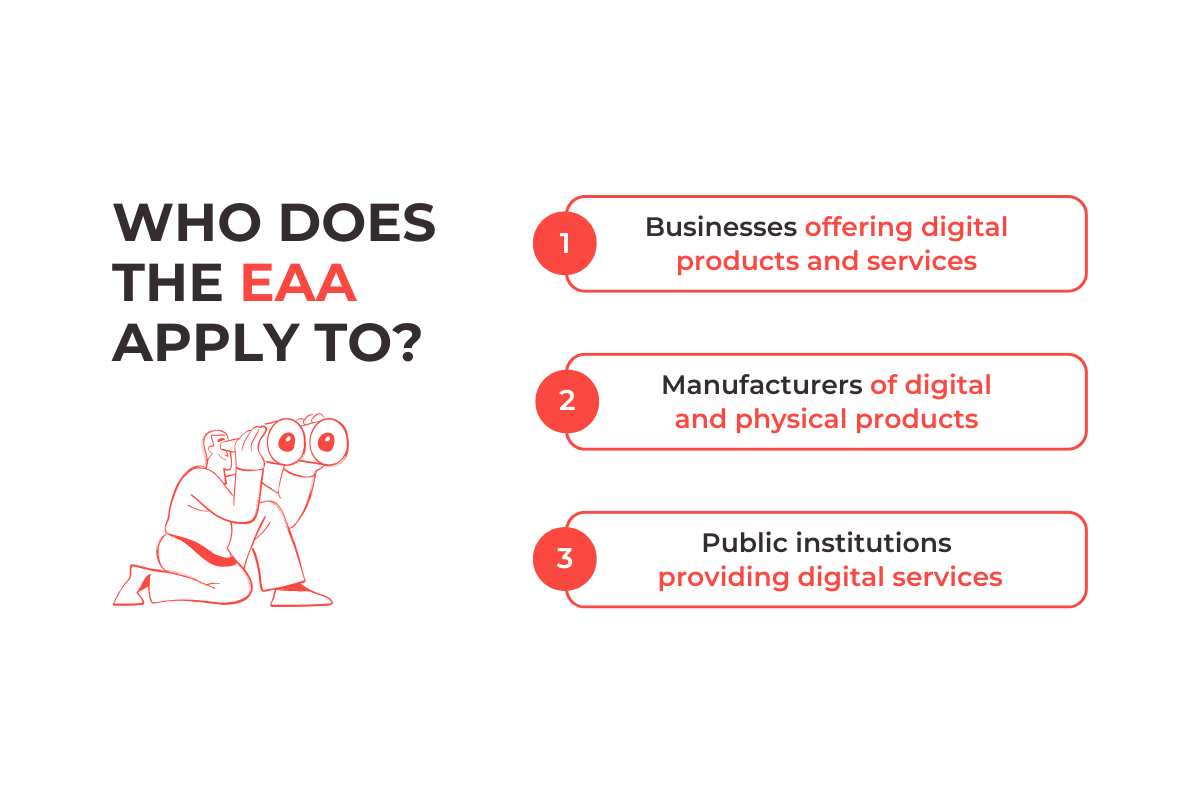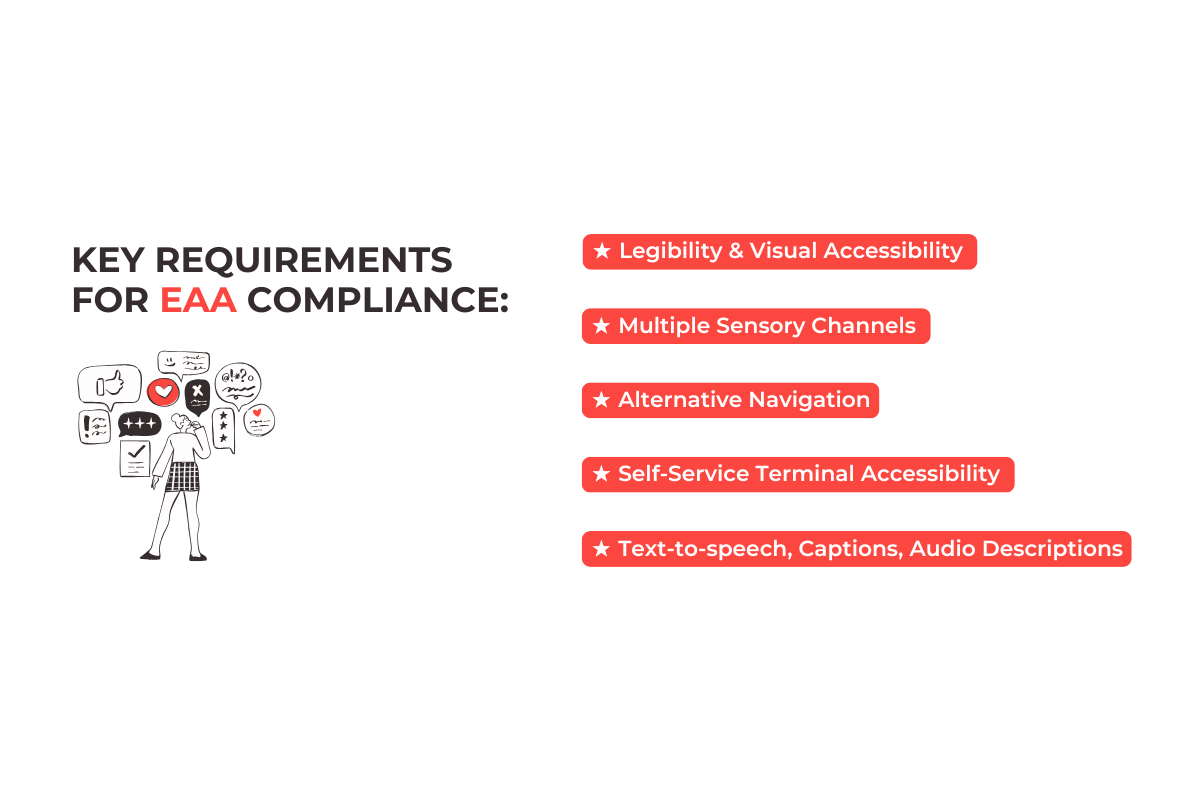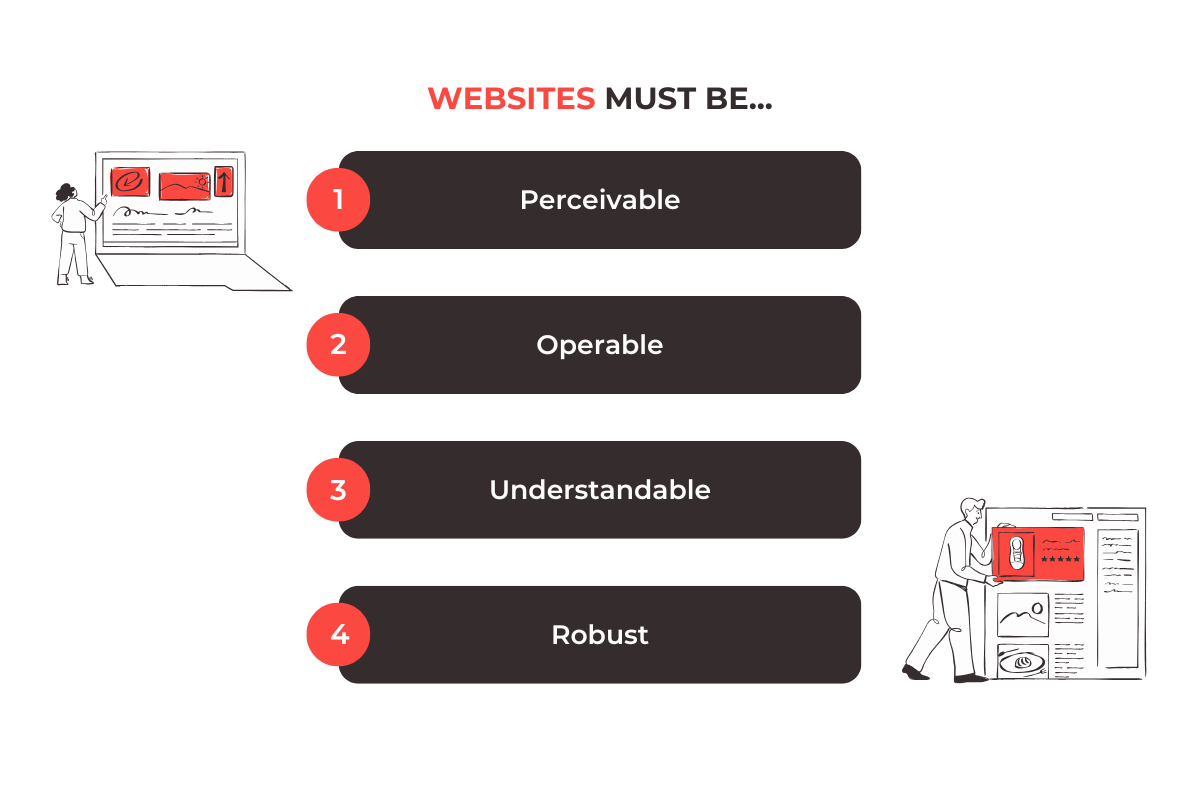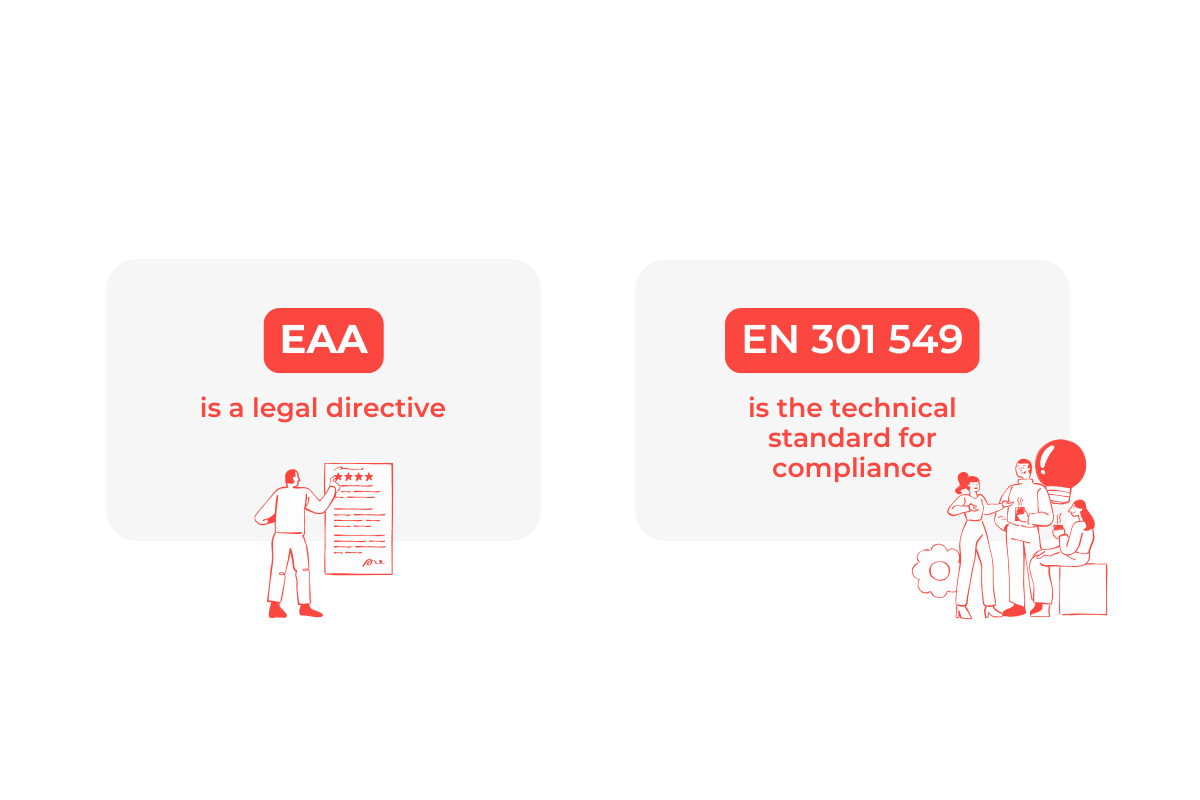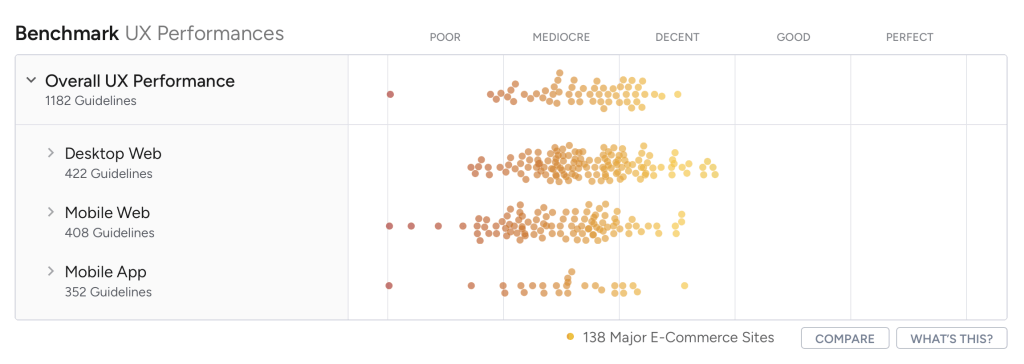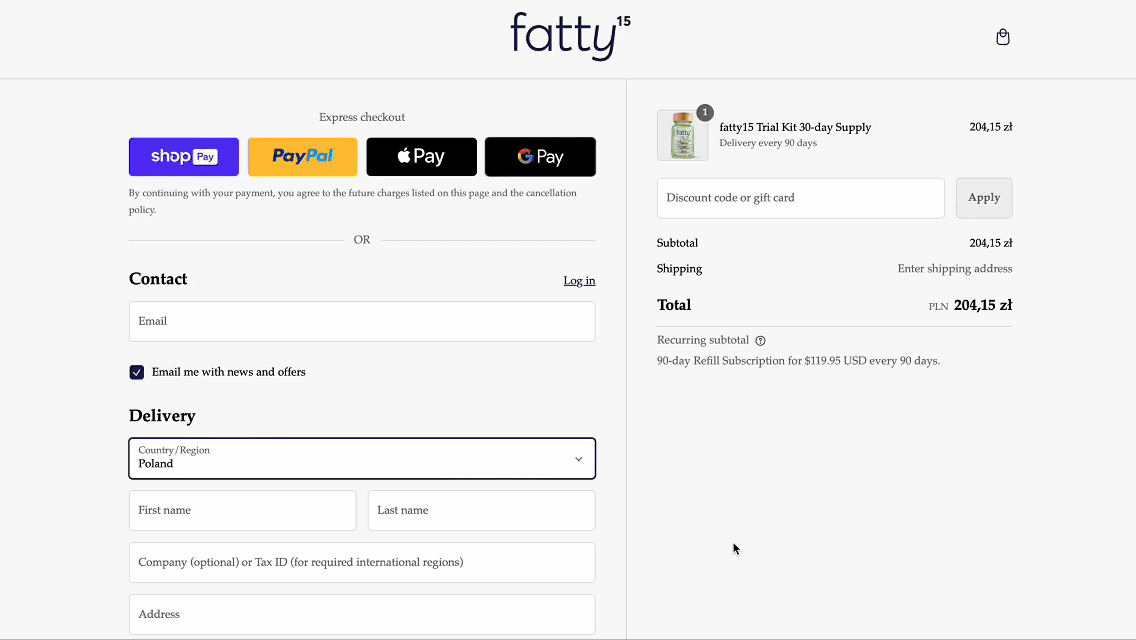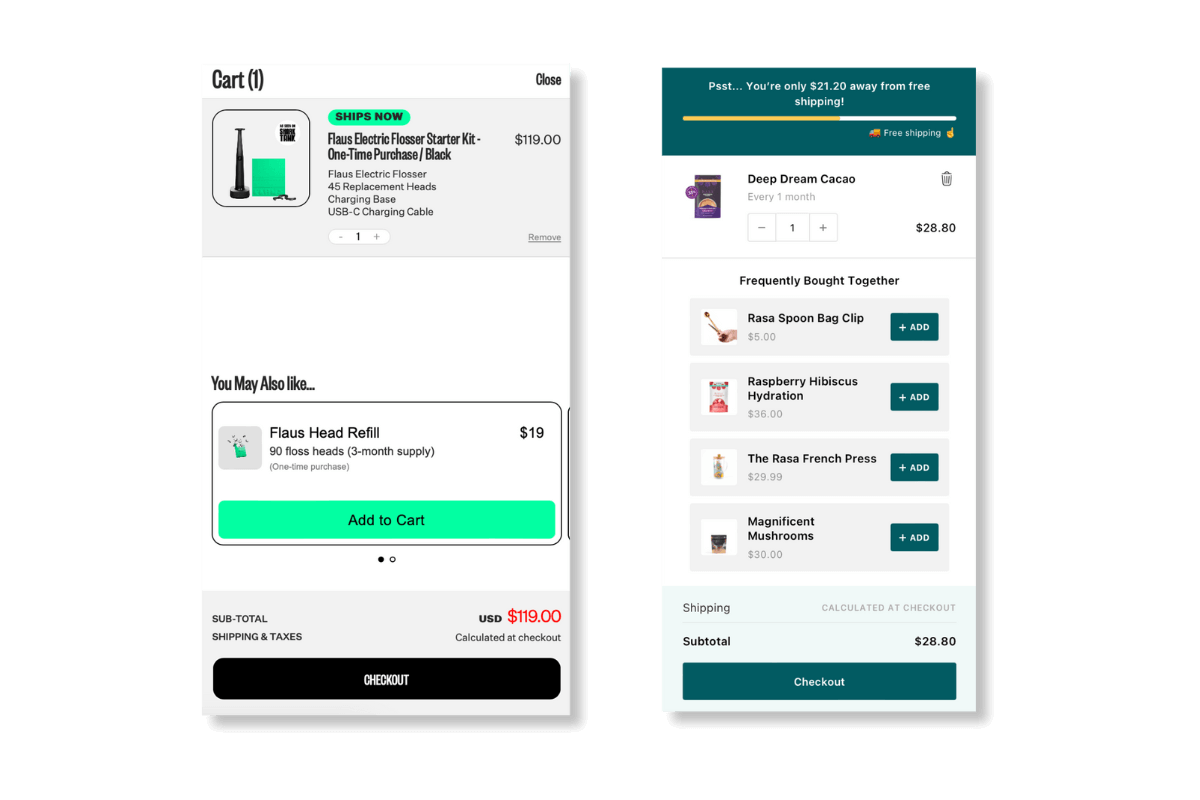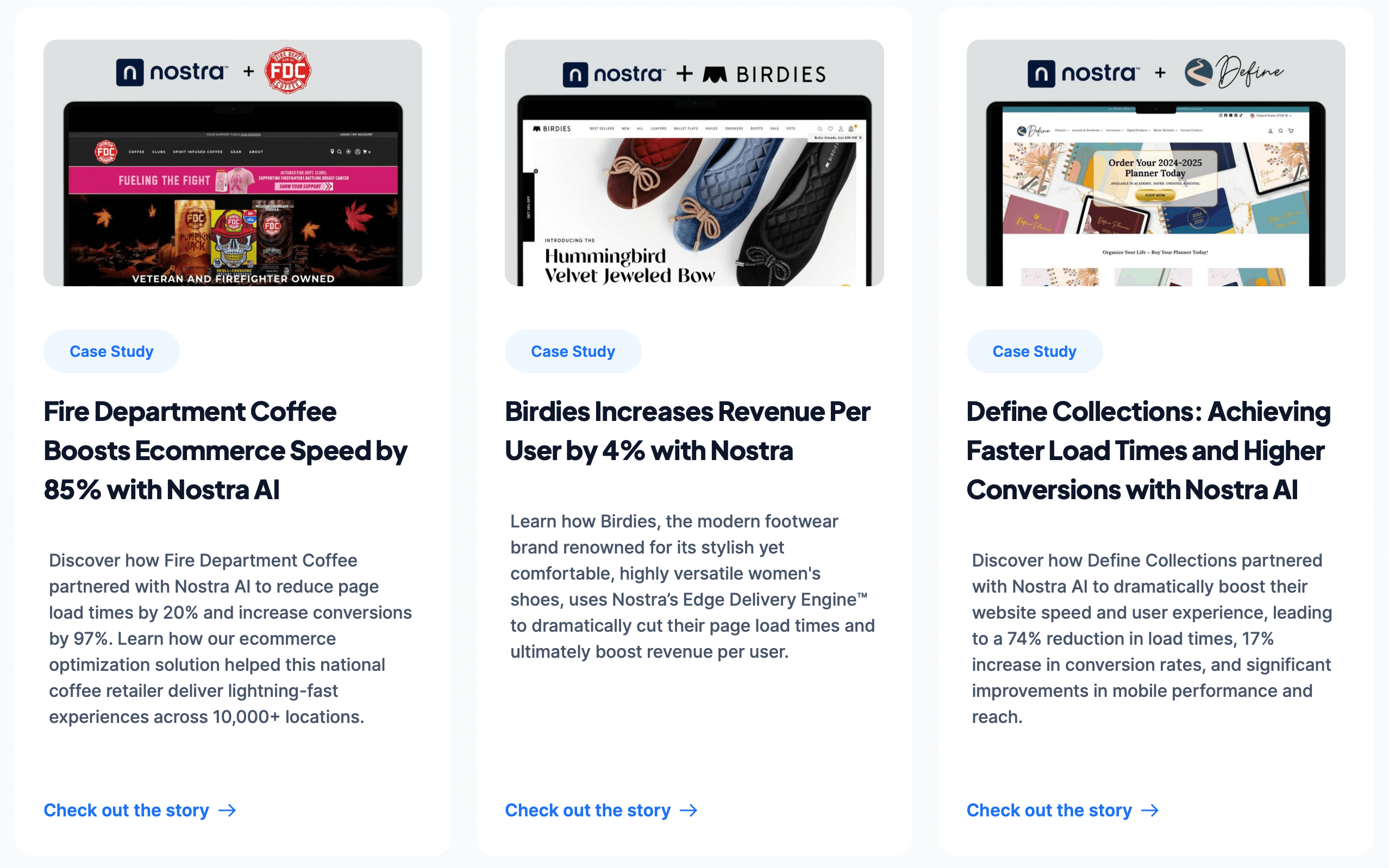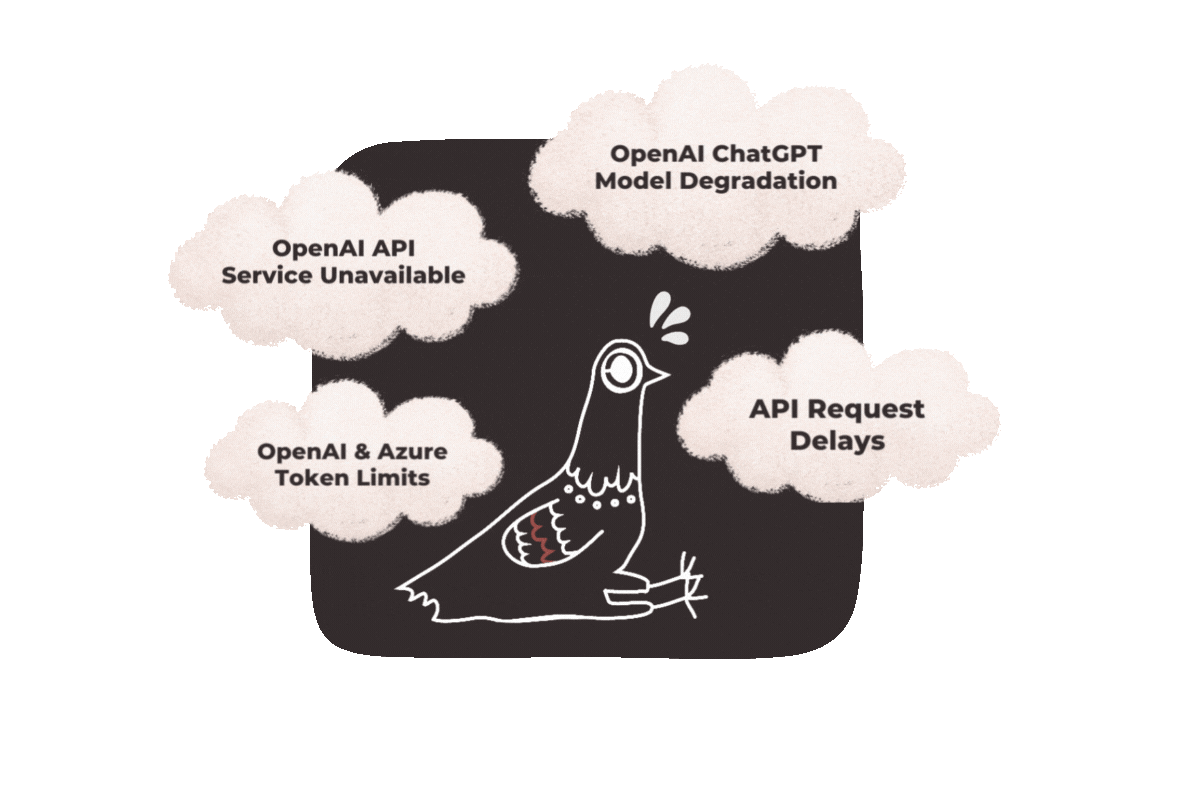Snowflake vs AWS: Key Features, Top Differences, and How to Choose What's Better For Your Business
In the dynamic arena of modern business, data reigns supreme and the ability to collect, analyze, and utilize data is what often sets successful businesses apart.
Snowflake and AWS are two of the leading data warehouse solutions on the market, both offering robust features, but with unique nuances that may align better with different business needs.
This detailed guide will delve into the intricacies of both platforms, helping you understand their potential and select the best fit for your organization. Check it out!
Why is choosing the right data warehouse important?
In today’s data-driven world, a business’s ability to manage, analyze, and derive actionable insights from data is paramount to success. The cornerstone of this capability is the data warehouse, a centralized repository for storing large volumes of data.
A data warehouse is not just a repository; it’s the nerve center of a business’s analytical capabilities. Here’s why making the right choice is so vital:
Strategic Alignment: Ensuring your data warehouse aligns with your business goals avoids inefficiencies and missed opportunities.
Scalability and Flexibility: Growth requires a data warehouse that can evolve with your needs, ensuring continuous support for expanding data.
Security and Compliance: Robust security measures are vital for protecting sensitive information and maintaining regulatory compliance.
Cost-Effectiveness: Choosing a solution that fits your budget while delivering value is crucial for long-term financial health.
Enhancing Competitive Advantage: A data warehouse that delivers timely insights can give you a critical edge in a competitive market.
The right data warehouse will drive your business growth, efficiency, and innovation, and the decision you make between Snowflake and AWS will impact everything from strategy alignment to competitive positioning. So it’s essential to choose wisely. How? Read on!

What is Snowflake?
Snowflake, founded in 2012, emerged as a pioneering force in cloud data warehousing.
With its groundbreaking multi-cluster architecture, Snowflake sought to remove the constraints of traditional data warehouse systems.
Unlike those older systems, Snowflake’s architecture separates storage, computation, and services, enabling scalability and adaptability.
Designed to operate seamlessly across different cloud providers including AWS, Azure, and Google Cloud Platform, Snowflake aims to reduce vendor lock-in and provide robust security features, ensuring that data protection is at the forefront.
Key features of Snowflake
Snowflake’s unique features have positioned it as a leader in modern data management. Here are its key features you should be aware of:
Dynamic Time Travel: A feature that allows access to prior versions of data for recovery and auditing purposes.
Seamless Data Sharing: Enables effortless and secure sharing of data within and outside an organization.
Native Semi-Structured Data Processing: Simplifies workflows by supporting formats like JSON, Avro, and Parquet directly.
Automatic Performance Tuning: Snowflake ensures optimal query performance through automatic clustering without manual interference.
Flexible Consumption Model: Its pay-as-you-use approach aligns with modern cloud paradigms to ensure cost efficiency.
Together, these elements define Snowflake’s identity and offerings, distinguishing it as a premier solution for today’s data-driven businesses.
The integration of dynamic data handling, simplified collaboration, and cost-effective usage models has allowed Snowflake to offer a tailored experience for contemporary data management and analysis.
What is AWS?
Amazon Web Services (AWS) is a comprehensive, evolving cloud computing platform provided by Amazon.
Launched in 2006, AWS has become a dominant force in the global cloud services market, offering a wide array of products and services that span computing, storage, databases, analytics, machine learning, and more.
AWS’s infrastructure is spread across multiple geographic regions and availability zones, allowing for high resilience and flexibility.
Organizations across various industries leverage AWS to host applications, manage vast data sets, and accelerate innovation.
Its commitment to security, scalability, and reliability has made AWS a preferred choice for many businesses, from startups to Fortune 500 companies.
Key Features of AWS
AWS offers an extensive set of features that cater to diverse business needs, including:
Broad Service Offering: With over 200 fully-featured services, AWS covers everything from computing and storage to advanced analytics and artificial intelligence.
Global Reach: AWS’s infrastructure spans 77 Availability Zones within 24 geographic regions globally, ensuring consistent performance and availability.
Elasticity and Scalability: AWS’s services can be scaled up or down based on demand, ensuring that resources align with current needs without over-provisioning.
Robust Security: Comprehensive security capabilities, including multi-factor authentication, encrypted data storage, and regular audits, offer robust protection.
Integrated Development Tools: AWS provides a suite of tools for developers, including SDKs and IDEs, facilitating smooth development, deployment, and management of applications.
Cost Management: Through a variety of pricing models, including pay-as-you-go, reserved instances, and spot pricing, AWS offers flexibility in managing costs.
Hybrid Capabilities: AWS provides a set of hybrid capabilities that enable seamless integration between on-premises data centers and the AWS cloud.
Continuous Innovation: AWS regularly introduces new services and features, reflecting a commitment to innovation and adaptability to emerging technological trends.
Together, these features have propelled AWS to the forefront of the cloud industry, offering a versatile and powerful platform capable of driving transformation across various business domains.
The combination of wide service offerings, global reach, flexible cost models, and continual innovation ensures that AWS remains a critical player in shaping the future of cloud computing and digital transformation.

Top differences between Snowflake and AWS
Snowflake and AWS, although both involved in data handling and cloud services, serve different purposes and provide varied experiences. Here’s an overview of their distinct aspects:
Primary Purpose: Snowflake focuses on cloud data warehousing, whereas AWS provides a wide range of cloud services, including computing, storage, and more.
Pricing Structure: Snowflake's consumption-based model contrasts with AWS's multifaceted pricing approach, which includes pay-as-you-go, reserved instances, and more.
Integration and Compatibility: Snowflake ensures compatibility across various cloud providers, while AWS's services are tightly integrated within its own ecosystem.
Scalability Scope: AWS's scalability spans a broad range of services, whereas Snowflake's scalability mainly pertains to data warehousing capabilities.
Security Focus: Both platforms emphasize security but differ in implementation, with Snowflake focusing on data-centric measures and AWS providing a broader security toolkit.
Development Environment: AWS supports the entire application development lifecycle, while Snowflake primarily focuses on data-related tasks.
Global Presence: AWS has an extensive global infrastructure, while Snowflake's footprint may vary depending on the underlying cloud provider.
The differences between Snowflake and AWS are reflective of their specific domains, catering to unique business needs. Snowflake’s specialization in data warehousing contrasts with AWS's versatile cloud offerings.
Pros and cons of each solution
Understanding the strengths and weaknesses of both Snowflake and AWS is vital for making informed decisions. Below are the key pros and cons:
Snowflake
Pros
Ease of Use: Designed for simplicity, especially in data management.
Platform-Agnostic: Operates across various cloud providers.
Dynamic Time Travel: Enables data recovery and auditing.
Consumption-Based Pricing: Pay only for what you use.
Cons
Limited General Application Development: Primarily focused on data warehousing.
Potential Complexity: Some advanced features may require specialized knowledge.
AWS
Pros
Broad Service Offering: Comprehensive range of cloud services.
Global Reach: Infrastructure in 24 regions and 77 Availability Zones.
Flexible Pricing Models: Various options to manage costs.
Robust Development Tools: Supports the full development lifecycle.
Cons
Complex Pricing: Can be difficult to navigate and predict.
Potential Vendor Lock-In: Integration within the AWS ecosystem may limit flexibility.
By evaluating these pros and cons, businesses can identify the platform that aligns best with their requirements, considering factors like pricing, global reach, development needs, and data management.

Practical implementation and real-life examples
Both Snowflake and AWS have been implemented across various industries and domains, providing solutions that are practical and tailored to specific needs. Here are some real-life examples and contexts where these platforms have been applied:
Snowflake
Healthcare Analytics: Snowflake’s data warehousing capabilities have been used by healthcare providers to aggregate and analyze patient data. Its secure and compliant environment enables meaningful insights into patient care and operational efficiency.
Retail Customer Insights: Retailers leverage Snowflake to understand customer behaviors and preferences. Through its real-time analytics, companies can personalize marketing campaigns and optimize inventory management.
Financial Services Risk Management: In the financial sector, Snowflake has facilitated risk assessment and compliance tracking. Its scalable architecture allows for handling large volumes of transactional data and producing actionable risk analytics.
Media and Entertainment Personalization: Media companies use Snowflake to create personalized content recommendations. By analyzing user interactions and preferences, companies can tailor content delivery and enhance user engagement.
AWS
Start-up Growth: Many start-ups use AWS for its flexible and scalable environment. For instance, Airbnb utilized AWS to scale its infrastructure to accommodate rapid user growth without massive capital investment.
Enterprise Migration: Large organizations like GE have migrated thousands of applications to AWS to improve agility and reduce costs. This migration included a combination of computing, storage, and machine learning services.
Government and Public Sector: AWS has supported government agencies with secure and compliant solutions. For example, NASA leverages AWS for massive data processing related to space missions and Earth observation.
Healthcare Research and Development: AWS has enabled advanced research in genomics and personalized medicine. Its scalable compute resources facilitate large-scale data analysis, speeding up research and discovery.
Fintech Innovation: Financial technology companies like Robinhood utilize AWS to deliver real-time market data and trading services. AWS’s robust security and compliance measures ensure safe and reliable operations.
In summary, Snowflake and AWS have found applications across diverse industries, addressing unique challenges and driving innovation.
Snowflake's focus on data warehousing and analytics finds alignment with data-centric domains, while AWS’s broad service offering caters to varied needs from start-ups to enterprises and government entities.
These practical implementations provide a glimpse into how these platforms can be harnessed to create value and enable transformation in different contexts.

Which one should you choose?
Choosing between Snowflake and AWS depends on various factors such as your business goals, the nature of your projects, budget considerations, and required scalability. Here's a practical guide to help you make an informed decision:
1. Assess Your Primary Needs
For Data Warehousing: If your primary need is data warehousing and analytics, Snowflake's specialized focus may align with your objectives.
For Comprehensive Cloud Services: If you require a range of cloud services beyond data warehousing, AWS's broad offerings might be more suitable.
2. Consider Your Budget:
Fixed vs. Flexible Spending: Snowflake’s consumption-based pricing can provide predictability for specific data tasks, while AWS’s varied pricing models offer flexibility across different services.
3. Evaluate Scalability Requirements:
Data-Centric Scalability: Choose Snowflake if your scaling needs are primarily related to data warehousing.
General Infrastructure Scalability: Opt for AWS if you require scalability across various cloud infrastructure components.
4. Examine Integration and Compatibility:
Multi-Cloud Strategy: If your organization leverages multiple cloud providers, Snowflake's platform-agnostic approach may be beneficial.
End-to-End AWS Integration: If you are already invested in the AWS ecosystem, continuing with AWS might ensure tighter integration and streamlined operations.
5. Review Security and Compliance Needs:
Data-Specific Security: Snowflake offers robust data-centric security measures that might be more aligned with data-sensitive industries.
Comprehensive Security Solutions: AWS provides a broader range of security tools applicable across different cloud services.
6. Consult with Experts or Partners: Engaging with professionals who specialize in these platforms can provide tailored insights based on your unique context. Collaboration with technology partners can also offer ongoing support and optimization.
7. Test and Evaluate: If possible, consider conducting a pilot project using both platforms to understand their real-world behavior and alignment with your needs. Real hands-on experience can be invaluable in making the final choice.
8. Consider Long-term Strategy: Think about how your choice fits into the broader business strategy and future growth plans. Alignment with long-term objectives will ensure sustainability and success.
Conclusion
Making the right choice doesn’t have to be an overwhelming task. At From Poland With Dev, we understand the complexities and nuances involved in choosing the perfect data solution.
Our expertise in data services extends beyond mere technology, encompassing a holistic understanding of your business, industry, and ambitions.
Partnering with us means tailored data solutions that fit your unique requirements, ensuring alignment with your goals and vision. Our team of experts stays at the forefront of technology, providing cutting-edge insights and support, coupled with comprehensive assistance at every step.
Choosing a data warehouse is about finding a partner that understands your needs and walks the journey with you. It’s about trust, collaboration, and a shared vision. At From Poland With Dev, we invite you to experience a partnership that empowers your data-driven success.
Contact From Poland With Dev and let us redefine what data can do for you!
